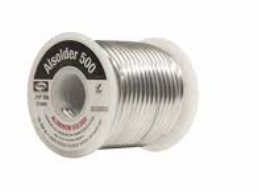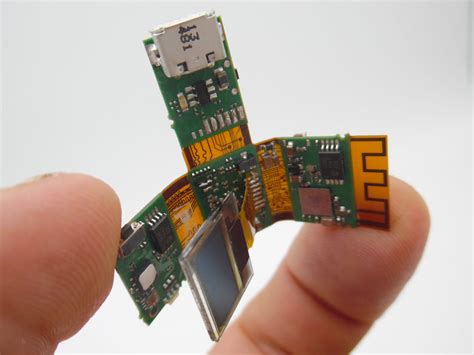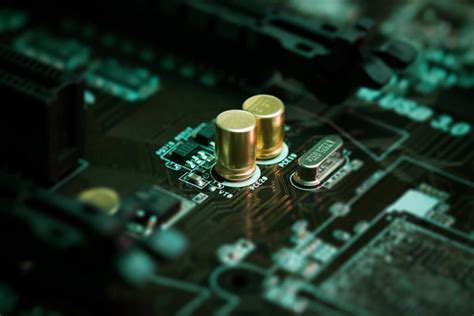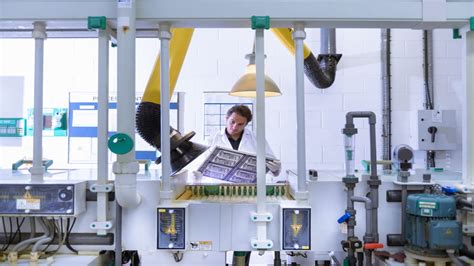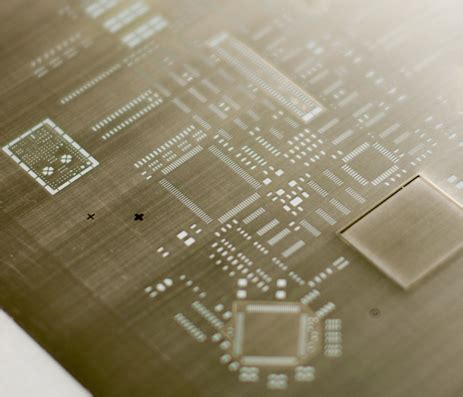Silver Solder for Aluminum: Techniques, Applications, and Best Practices
Introduction
Soldering aluminum has long been considered one of the more challenging metal joining processes in manufacturing and repair applications. Unlike copper or steel, aluminum forms a tough oxide layer almost instantly when exposed to air, creating a significant barrier to proper solder adhesion. Silver solder for aluminum represents a specialized solution to this persistent challenge, offering superior strength and reliability compared to conventional aluminum soldering methods. This 2000-word article explores the technical aspects, application methods, advantages, and limitations of using silver solder for aluminum joining operations.
The Challenge of Soldering Aluminum
Aluminum’s natural properties create several obstacles for effective soldering:
- Oxide layer formation: Aluminum oxide (Al₂O₃) forms immediately upon exposure to oxygen, creating a surface layer that is chemically stable and prevents solder wetting. This oxide layer has a melting point around 2030°C (3686°F), far higher than aluminum’s 660°C (1220°F) melting point.
- High thermal conductivity: Aluminum quickly dissipates heat, making localized heating difficult and often leading to uneven temperature distribution during soldering.
- Low melting point: The base metal’s relatively low melting temperature limits the choice of filler metals that can be used without risking melting of the workpiece.
Silver solder addresses these challenges through specialized formulations and proper technique application.
Silver Solder Composition and Types
Silver solders for aluminum typically contain:
- Silver (Ag): 10-85% (primary bonding element)
- Copper (Cu): 10-40% (strength and fluidity modifier)
- Zinc (Zn): 5-40% (melting point depressant)
- Cadmium (Cd): 0-30% (in some formulations, though decreasing due to toxicity concerns)
- Small additions of silicon (Si) or nickel (Ni): For improved wetting on aluminum
Common silver solder classifications for aluminum:
- BAg-7: 56% Ag, 22% Cu, 17% Zn, 5% Sn – general purpose aluminum solder
- BAg-8: 72% Ag, 28% Cu – high-strength, high-temperature applications
- BAg-24: 50% Ag, 15.5% Cu, 16.5% Zn, 18% Cd (phasing out)
- Zn-Al based silver solders: For lower temperature applications
Melting Characteristics
Silver solders for aluminum typically have liquidus temperatures between 600°C and 800°C (1112°F-1472°F), carefully balanced to:
- Be significantly below aluminum’s melting point
- Provide sufficient heat to break down surface oxides
- Allow proper flow and wetting characteristics
The solidus-liquidus range (melting range) is generally narrow (10-30°C) for better control during manual operations.
Surface Preparation Techniques
Proper surface preparation is critical for successful silver soldering of aluminum:
- Mechanical cleaning:
- Abrasive brushing (stainless steel brush)
- Sanding (120-220 grit aluminum oxide paper)
- Glass bead blasting
- Chemical cleaning:
- Alkaline cleaning solutions (non-etching)
- Acid pickling (10% sulfuric acid or specialized aluminum fluxes)
- Ultrasonic cleaning for small parts
- Immediate soldering: Prepared surfaces must be soldered within 15-30 minutes to prevent oxide reformation
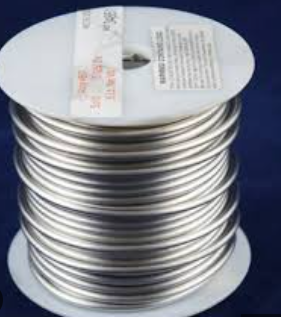
Flux Requirements
Specialized fluxes are essential for silver soldering aluminum:
- Corrosive fluxes (for most applications):
- Contain fluorides and chlorides (zinc chloride, ammonium chloride)
- Active between 300-600°C (572-1112°F)
- Must be completely removed after soldering to prevent corrosion
- Non-corrosive fluxes (for electronics/electrical applications):
- Less aggressive formulations
- Often alcohol-based for easy application
- May require additional mechanical cleaning
- Application methods:
- Brush application
- Dip coating
- Spray application (for production environments)
Heating Methods for Silver Soldering Aluminum
Selection depends on part size, production volume, and available equipment:
- Torch soldering:
- Oxy-acetylene (most common)
- Oxy-propane
- Air-acetylene
- Techniques: Circular motion, 1-2″ from workpiece
- Furnace soldering:
- Controlled atmosphere (nitrogen or argon)
- Temperature uniformity critical
- Best for high-volume production
- Induction heating:
- Fast, localized heating
- Excellent for repetitive production
- Requires proper coil design
- Resistance soldering:
- For small, precision components
- Electrodes apply pressure and current
Step-by-Step Silver Soldering Process
- Joint design preparation:
- Clean mating surfaces
- Ensure proper fit-up (0.05-0.15mm gap optimal)
- Mechanical interlocking where possible
- Flux application:
- Apply thin, even coat to both surfaces
- Avoid excessive flux buildup
- Heating sequence:
- Preheat entire assembly to 150-200°C (302-392°F)
- Localize heat at joint area
- Maintain even temperature distribution
- Solder application:
- Apply solder when flux becomes active (clear, watery appearance)
- Feed solder into leading edge of heated zone
- Allow capillary action to draw solder into joint
- Cooling:
- Natural air cooling preferred
- Avoid rapid quenching which may cause stress
- Post-soldering cleaning:
- Remove flux residues with hot water (80°C+) and brush
- Acid neutralization if using corrosive fluxes
- Final rinse with deionized water
Joint Design Considerations
Effective silver soldered aluminum joints require:
- Lap joints: Minimum overlap of 3x material thickness
- Butt joints: Only for non-critical applications
- Fillet joints: Provide best strength characteristics
- Clearance: 0.075-0.125mm optimal for capillary flow
- Stress relief: Avoid sharp corners which concentrate stress
Advantages of Silver Solder for Aluminum
- Higher joint strength: Typically 70-120 MPa shear strength vs. 20-50 MPa for conventional aluminum solders
- Better temperature resistance: Service temperatures up to 200°C (392°F) continuous
- Improved corrosion resistance: Silver’s nobility provides better environmental resistance
- Electrical conductivity: Nearly equivalent to base aluminum
- Thermal conductivity: Maintains aluminum’s heat transfer properties
- Vacuum compatibility: Suitable for hermetic sealing applications
Limitations and Considerations
- Skill requirement: More demanding than conventional soldering
- Equipment needs: Requires precise temperature control
- Cost: Silver content makes it more expensive than other options
- Brittle intermetallics: Can form at aluminum-silver interface if overheated
- Galvanic corrosion: Potential issue in saltwater environments
Quality Control and Inspection
- Visual inspection:
- Complete joint filleting
- Smooth solder flow
- No visible voids or porosity
- Destructive testing (sample basis):
- Peel testing
- Tensile shear testing
- Metallographic examination
- Non-destructive testing:
- Dye penetrant inspection
- X-ray inspection (for critical components)
- Electrical conductivity testing

Common Applications
- Aerospace components: Non-structural brackets, ducting
- Electrical connections: Bus bars, transformer windings
- Heat exchangers: Repair of aluminum fins/tubes
- Food processing equipment: Joints requiring cleanability
- Automotive components: AC systems, heat shields
- Cryogenic equipment: Low-temperature service applications
Safety Considerations
- Ventilation: Required for flux fumes
- Personal protective equipment:
- Heat-resistant gloves
- Face shield
- Apron
- Fire prevention:
- Keep flammable materials away
- Have extinguisher available
- Cadmium precautions:
- Avoid inhalation of fumes
- Proper hygiene when handling cadmium-containing solders
Emerging Developments
- Cadmium-free alloys: New formulations matching performance of traditional Cd-containing solders
- Nano-composite fluxes: Improved activity at lower temperatures
- Laser-assisted soldering: For precision microjoining
- Ultrasonic-assisted processes: Better oxide breakdown
Conclusion
Silver soldering represents the premium solution for high-performance aluminum joining applications where conventional soldering methods prove inadequate. While requiring greater skill and more meticulous preparation than other aluminum joining techniques, the resulting joints offer superior mechanical properties, environmental resistance, and long-term reliability. As material technology advances, silver solders for aluminum continue to evolve, offering improved performance while addressing environmental and health concerns associated with traditional formulations. Proper application of silver soldering techniques can solve many of aluminum’s inherent joining challenges, making it an essential process in many high-tech manufacturing and repair scenarios.

